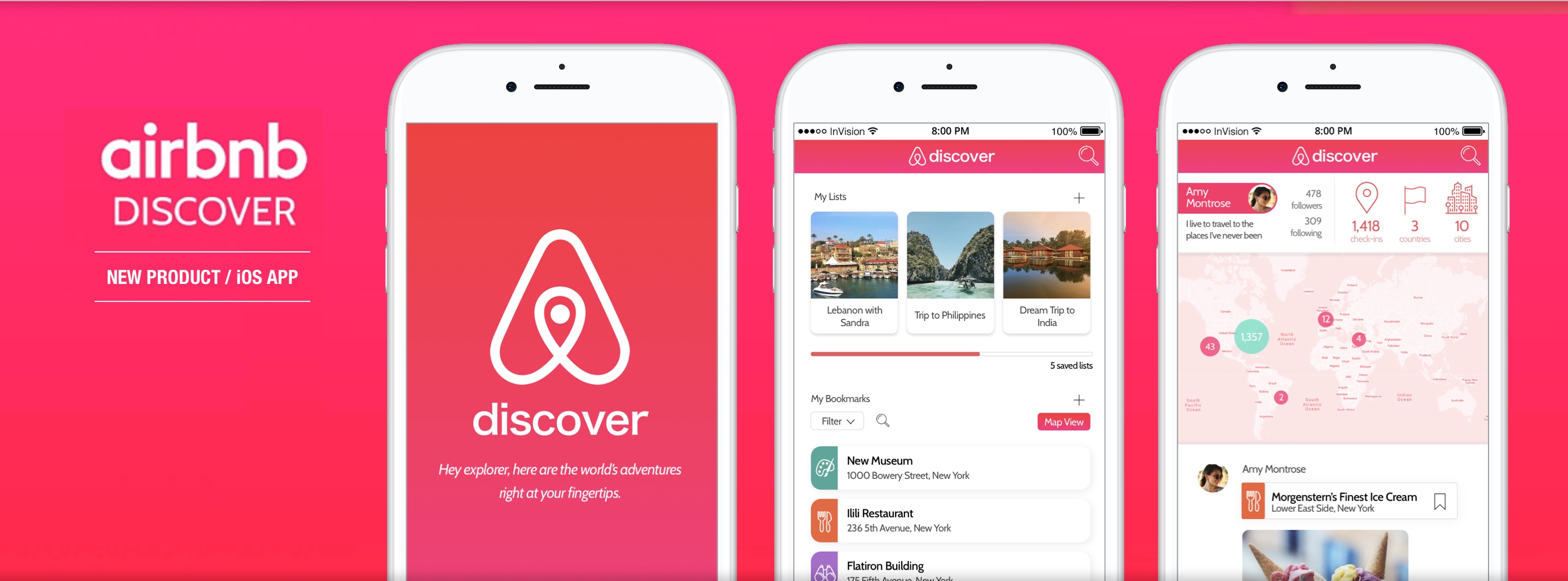
Airbnb Discover is a standalone social app concept for Airbnb platform. Through the app, users can explore what their friends are doing around the world. Users can save these activities, customize them and share their own experiences.
RESEARCH & SYNTHESIS
We initially started out with an assumption that Airbnb users could use a virtual conceirge app to help them create a more personalized experience. However, our user research pointed to a different problem altogether.
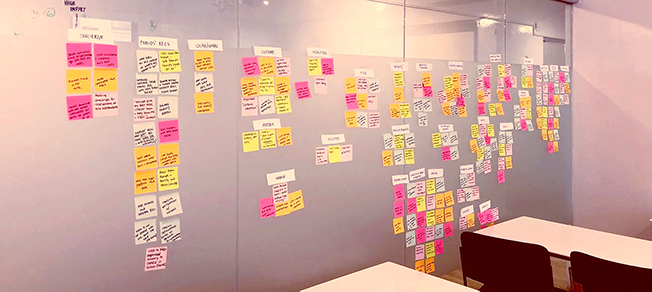
Affinity Mapping to identify patterns and form insights
RESEARCH PROCESS
- 2 head concierges to understand how to best serve travellers
- 5 users from Airbnb user demographic (millenialls, budget savy) who travelled one or more times in the past year.
User Interviews
- Synthesized data from user interviews to find patterns and form insights
Affinity Mapping
- Created a persona of the primary user - Amy by highlighting behaviors, goals, needs, and pain points to guide through the iterative design phase
Persona Development
INSIGHTS: A PROBLEM OF TRUST
Three key insights from our research showed that rather than a virtual concierge (initial assumption), users really needed an easy way to access travel recommendations from friends because they trusted them the most. Based on this discovery, we redefined the Problem Statement and created a Persona (Amy) to guide us through the design phase.
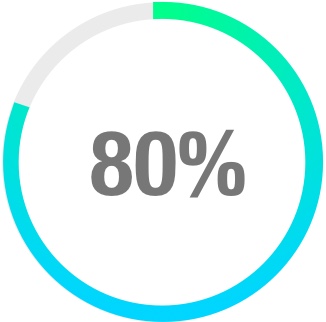
of users get information fatigue while researching travel plans online with over 20+ sources
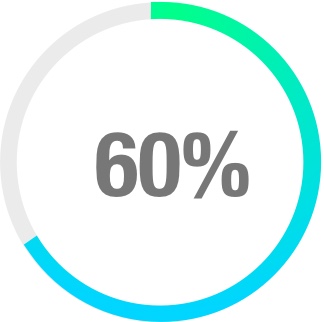
of users are concerned about the credibility of online travel resources
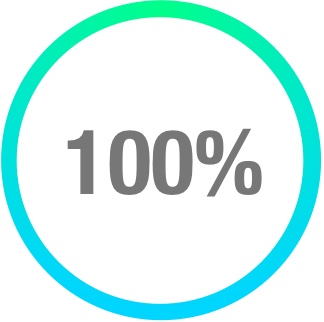
of users depend on friends for #1 source of travel recommendations

Friends always give the best recommendations.
I trust them and they know me and what I like.-Amy
PROBLEM STATEMENT
Amy is overwhelmed when choosing travel destinations/activities online because she doesn’t trust all of the sources. She has to reach out to her friends for recommendations because she trusts them.
How might we make travel recommendations from Amy’s friends more easily accessible to her?
DESIGN: IDEATION & ITERATION
In the design phase, we set out to create the Most Viable Product (MVP) that effectively addressed the problem discovered in the research phase.
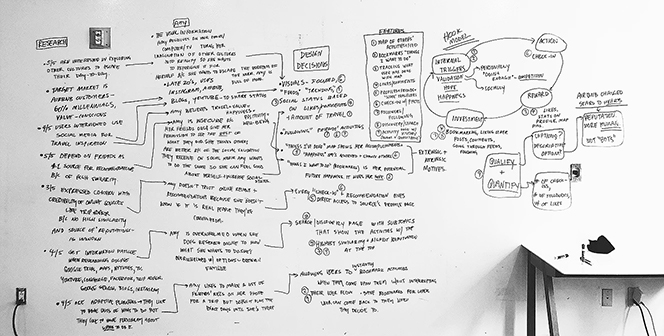
Whiteboarding with team to determine features based on research
DESIGN PROCESS
- Ideated through quick sketches for effective user interface and interactions
Design Studios (2 Rounds)
- White-boarded as team to determine features based on research
- Created priority matrix to assist in feature prioritizations
Feature Prioritization
- Built low-fi to high-fi wireframes and user flows
Wireframe & User Flows
- Built prototypes from wireframes to set up usability testing
Prototyping
- Formal Usability Testing with 5 users per round to validate design decisions
Usability Testing (2 Rounds)
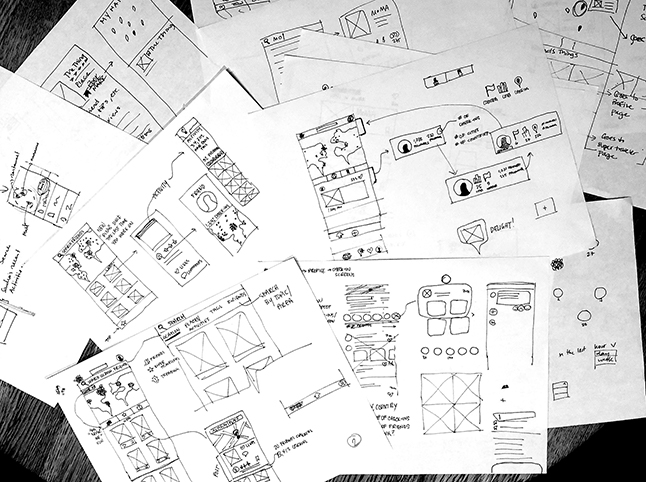
Design Studio 2: Low Fidelity Wireframe Sketches
RESEARCH TO DESIGN
Every feature of the app was deliberated and designed to help Amy access her friends’ recommendations easily. In our design studios, we created visual metaphors like an interactive map that can quickly show Amy where her friends are around the world. A social feed, on the other hand will show her friends’ recent activities which she can bookmark to save. And finally she can checkout a location and share her recommendations with her friends.
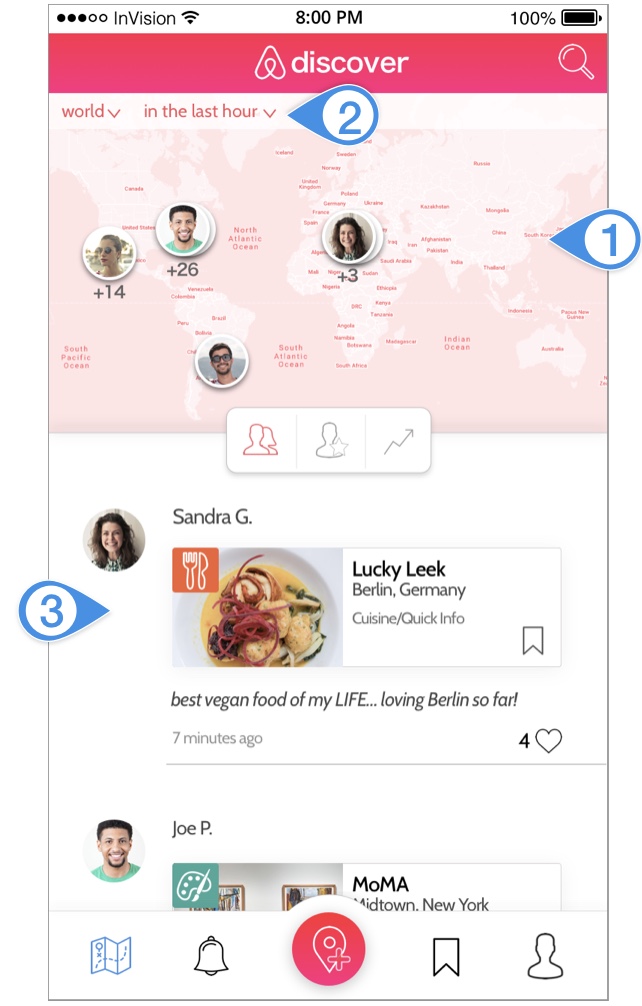
Map & Social Feed
- 1
With a map, Amy can quickly see where her friends are. She can also interact with it by zooming in/out, panning and clicking.
- 2
Amy can change the context of her map by changing location and time range.
- 3
Social feed shows Amy what her friends are doing now. She can like the post and bookmark it from the feed itself.
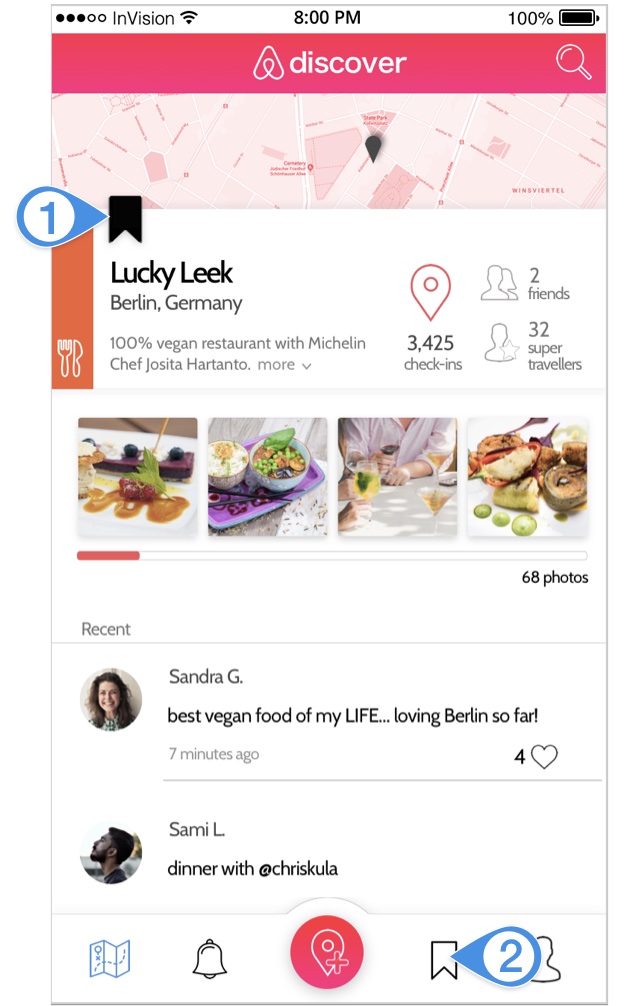
Bookmarking
- 1
Amy can bookmark an activity from the activity page.
- 2
Amy can easily access all her saved activities via global bookmark navigation in the tab bar.
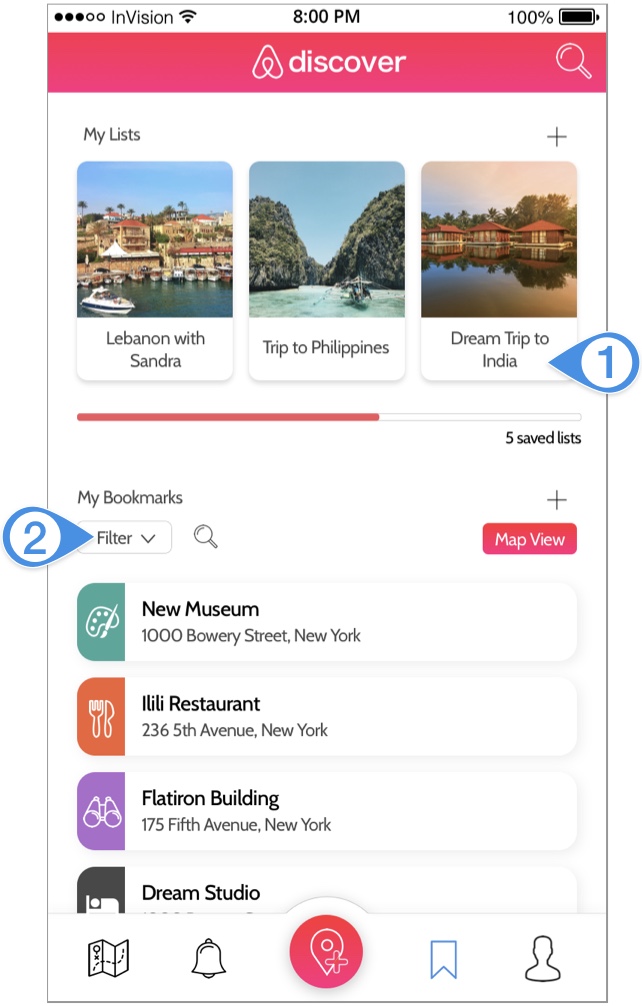
Bookmark Features
- 1
Amy can build and share her own custom trip from saved bookmarks.
- 2
Amy can filter, search or see her bookmarks on a map.
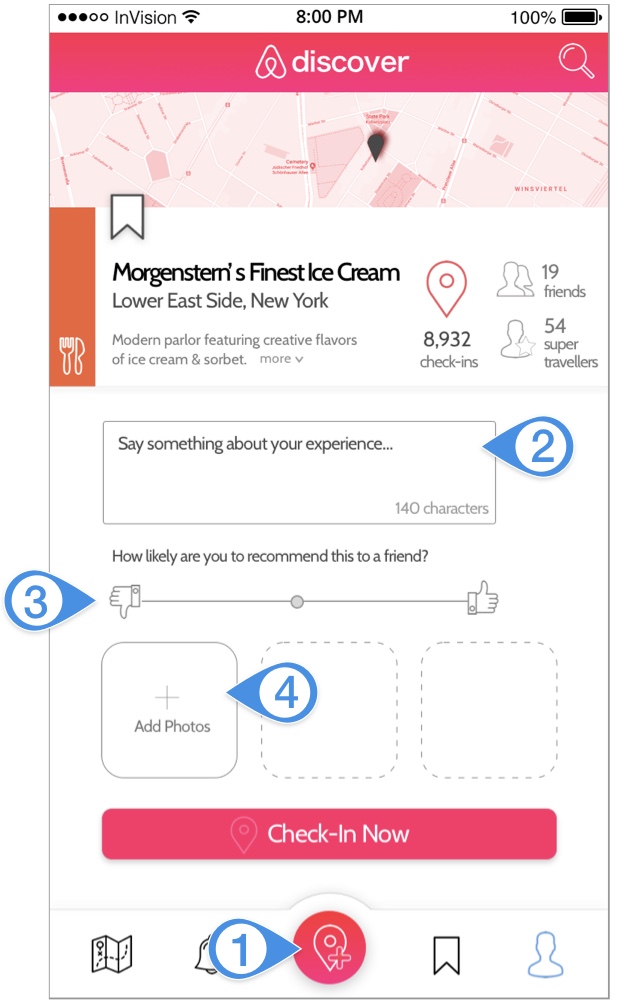
Checking-in
- 1
Amy can check-in to an activity via global tab bar.
- 2
She can write in to describe her experience.
- 3
She can give the activity a rating.
- 4
She can also post pictures.
HI-FIDELITY WIREFRAMES FROM FINAL PROTOTYPE
UX Methods
User Interviews
Affinity Mapping
Persona Development
Design Studio
Wireframing
Rapid Prototype
Usability Testing
Specification Documentation
Team
Natasha Jacchan
Meghan Salviejo
Zameer Rehmani
My Roles
UX Researcher
UX/UI Design
Tools
Sketch
InVision
Adobe CS
Timing
2 Weeks Sprint
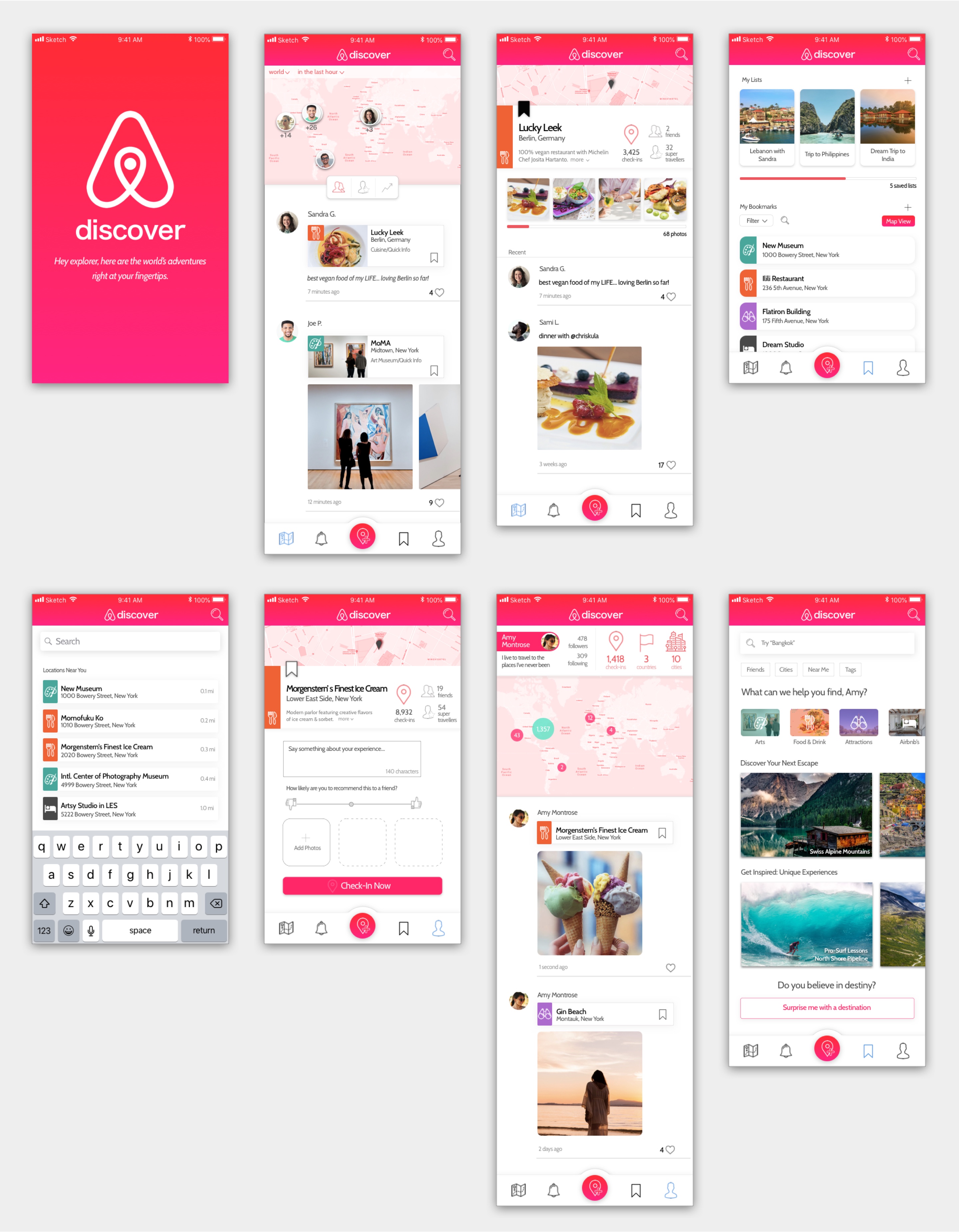
USABILITY TESTING
Two rounds of usability tests were conducted on 5 users to validate design decisions. Users were selected from Airbnb user demographic - millenials, budget-savy consumers who had travelled one or more times in the last year.
We asked users to complete four tasks to test functionality of the home screen, bookmarking and checking into an activity.
TASKS
Explore the app to find out more about what your friends have done recently.
View an activity to learn more about it, and bookmark it for future reference.
Go check out your saved bookmarks.
Now you are doing an activity, use the app to check into that activity.
TEST RESULTS ON FINAL PROTOTYPE
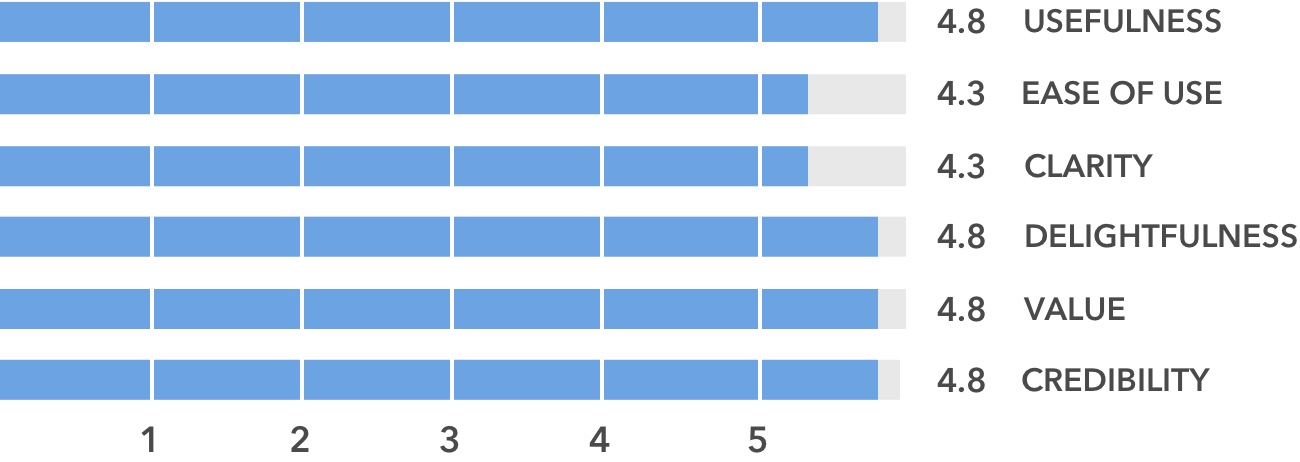
USER QUOTES ON FINAL PROTOTYPE
KEY TAKEAWAY
One major takeaway was to see how critical is user research to product design - our assumption about virtual concierge seemed like a great idea at first but listening to users and empathizing with their real challenges revealed a far more interesting problem. We realized that more information is not necessarily a good thing because it can be contradictory and confusing and lead to information fatigue. Users trust those who know them and in the often impersonal web of limitless information - users still yearn for connection and trust to navigate and make decisions on the web. Applications that address this human need are far more likely to be relevant and successful.